Before China issued its three-year action plan on the metaverse in September, museums had already begun to embrace the concept and started building virtual versions of their institutions.
In March, 50 prominent museums in China, including the Shanghai Museum, the Guangdong Museum and the Nanjing Museum, jointly released a proposal with university scholars calling on museums to actively engage in the development of metaverses.
The proposal said that the metaverse is a virtual space that can link the past, present and future, just as museums do. It called on museums to create their own metaverses to exhibit their collections in the virtual world.
At the Chinese Museum Studies Conference held last month in Guangzhou, Guangdong province, museum directors held a discussion about how to enhance their public services. Those related to the metaverse, including virtual reality exhibitions, digital employees and digital collections, were frequently mentioned during the talk.
Zhu Yuanyuan, head of the public service department of the Nanjing Museum in Jiangsu province, said the museum dealt with hundreds of complaints from visitors about how difficult it was to get tickets this summer, even though the museum had raised its daily visitor cap to 25,000.
"Online shows and virtual reality shows are our recommendations for those who can't get into our museums in person. It's more comfortable to visit a show through the virtual world when the physical show is crowded with people," Zhu said.
The Nanjing Museum has placed its exhibition The Valuable Collections of Nanjing Museum into the virtual world. Visitors can enjoy the same collections without the limitations of time and space.
While such shows can be viewed on the websites of many museums, the China National Museum went a step further. In July last year, it unveiled its first digital employee, Ai Wenwen, who is positioned to work in various departments at the institution to learn about art collection, art displays and research on cultural relics to prepare for museum-related work in cyberspace.
Wang Chunfa, director of the China National Museum, said at a metaverse-themed conference in Beijing that visitors who enter the virtual space can create their own digital avatars in the museum and join their friends and family in the virtual world to view collections.
An active promoter of museum digitalization, Wang said the institutions' usage of the metaverse involves integrating technology and culture and is evidence of China's overall modernization.
Liu Wentao, deputy director of the Shanghai Museum, said museums should take up the mission to actively develop metaverses for the public. Last year, her museum set up a platform to sell digital artworks from its collections to visitors. The first two pieces were sold within minutes of their debut in August last year.
Liu said museums should be open to everyone, and metaverses can help further reinforce that idea. She hopes that if the Shanghai Museum wants to hold shows that include collections from other museums in the future, its metaverse can help make viewing them more convenient.
Since last year, many museums built on archaeological sites have offered immersive shows that either allow visitors to gaze upon previous landscapes or recreate the sites themselves in the metaverses.
The Sanxingdui Museum in Deyang, Sichuan province, has produced a virtual world that allows visitors to walk into its archaeological pits to see its exotic-looking bronze statues and golden masks. In a new hall opened in July, it also offers visitors a more immersive experience with glasses-free 3D technology. It enables people to view excavation sites from the perspective of the archaeologists.
Elsewhere, the Mogao Caves in Dunhuang, Gansu province, launched a digital project in April to enable people to visit a digital library-like cave that was used to store artifacts more than 100 years ago.
"For museums built on archaeological sites, digital visits can also be a good way to protect these fragile artifacts," said Zhu Yarong, deputy director of the Sanxingdui Museum.















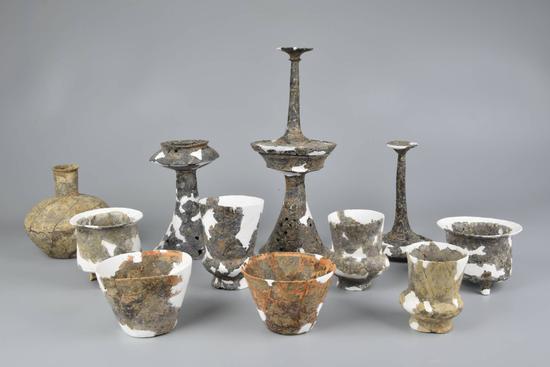

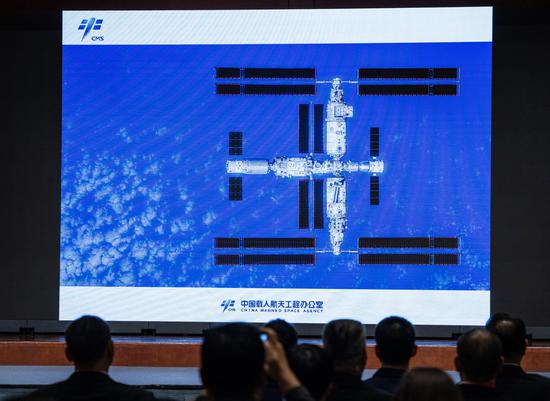
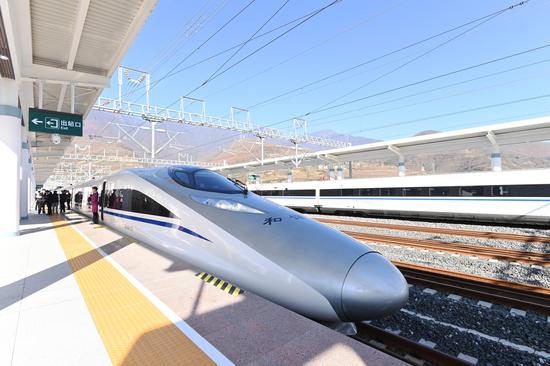










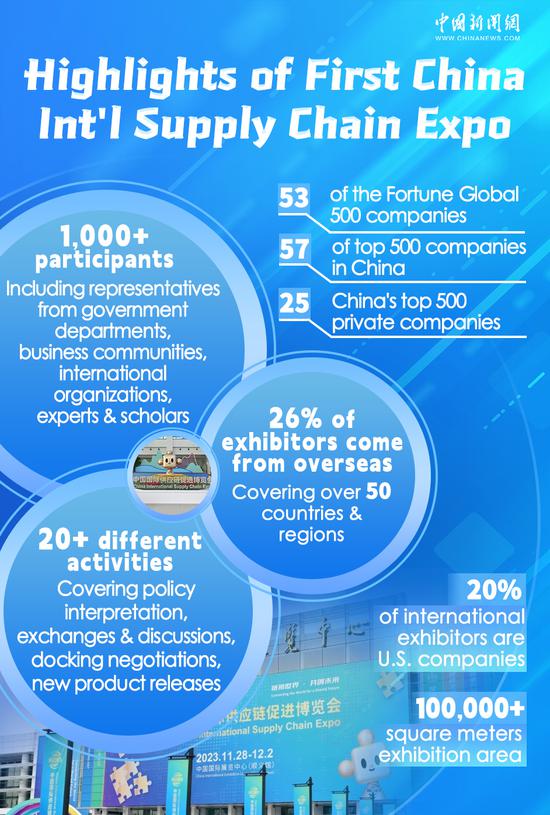






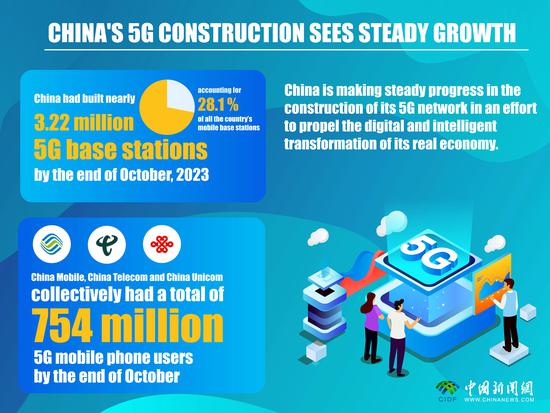



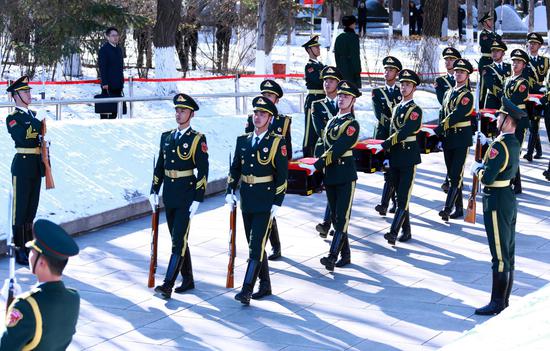









 京公网安备 11010202009201号
京公网安备 11010202009201号